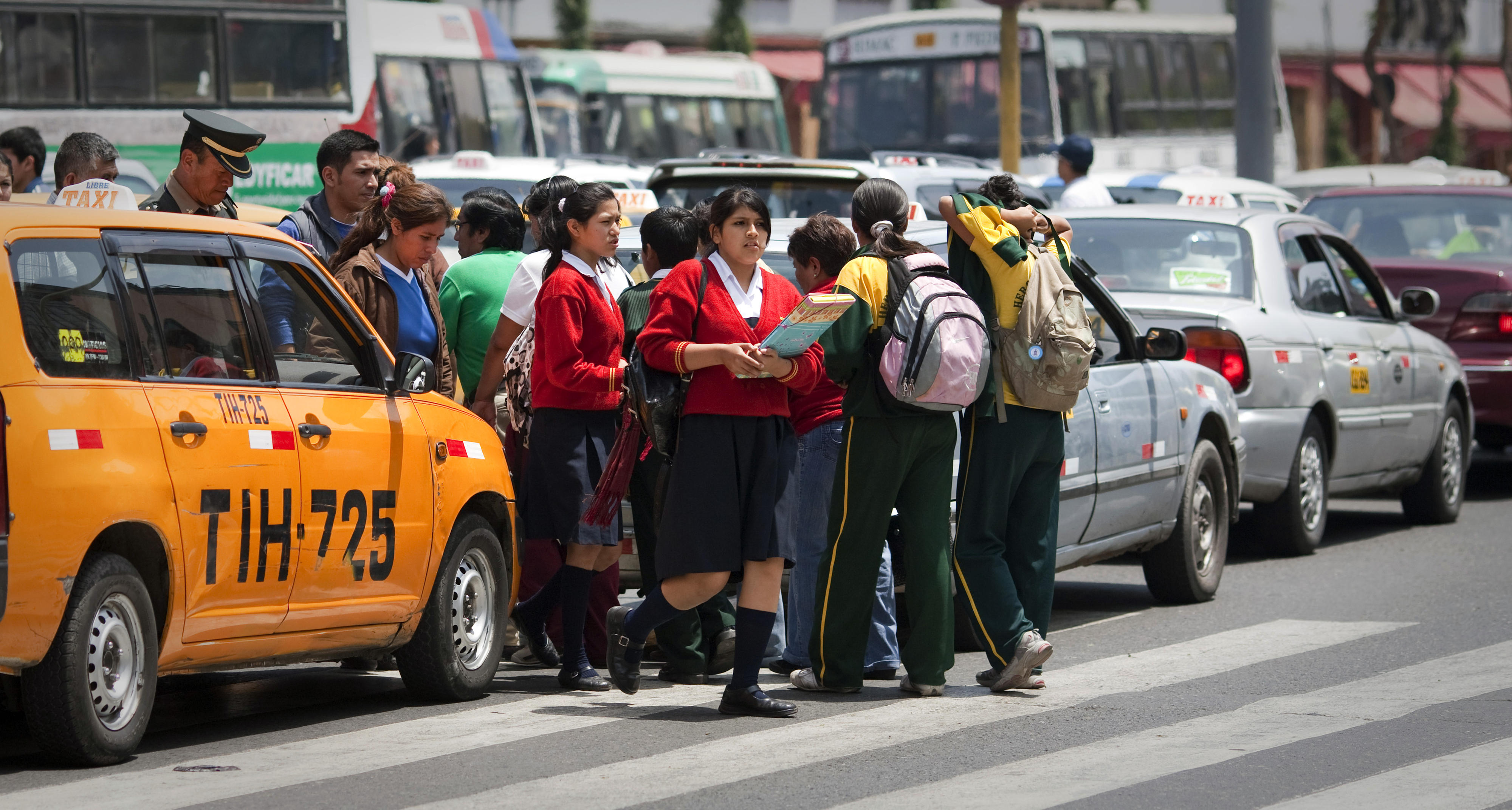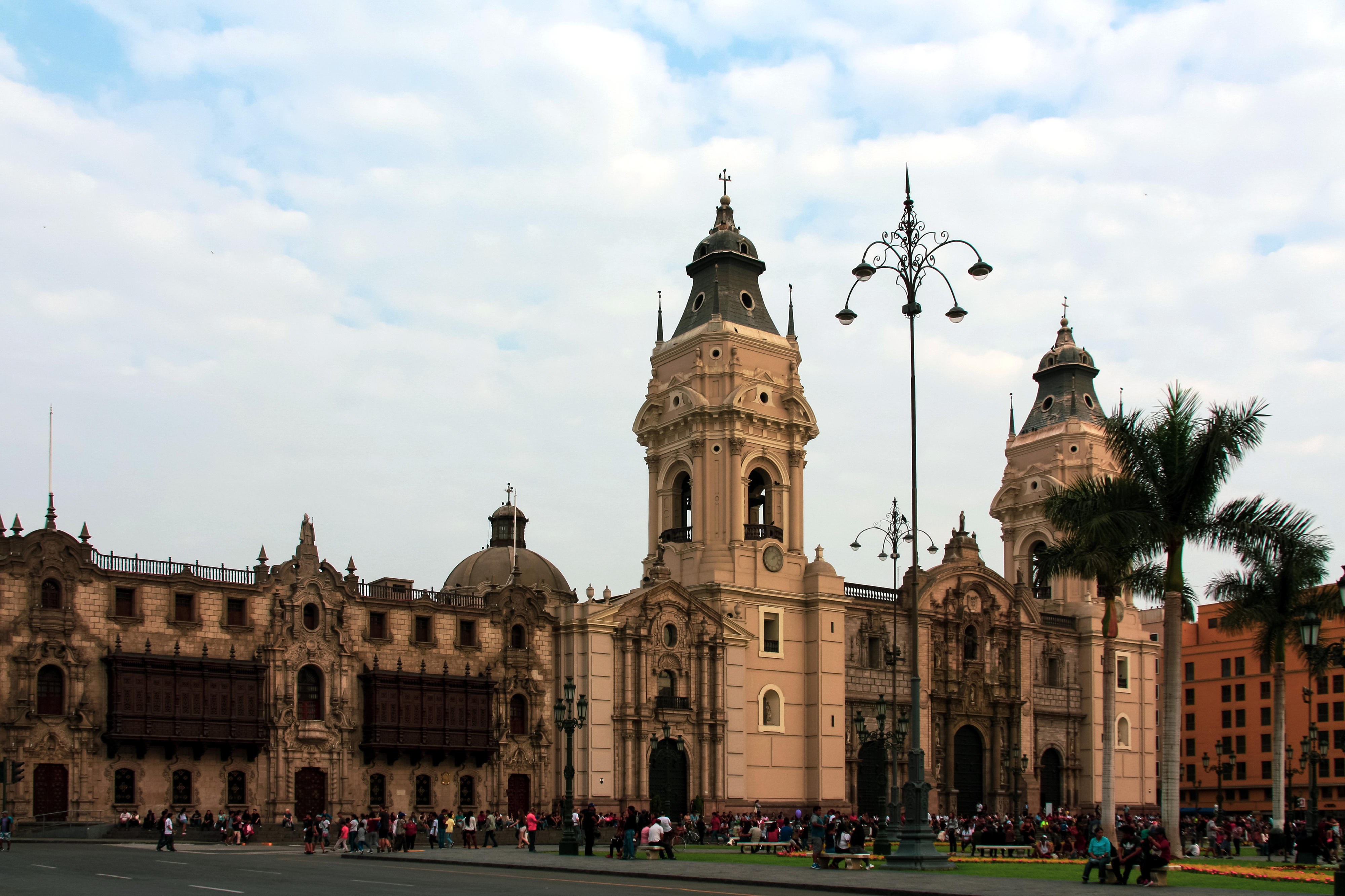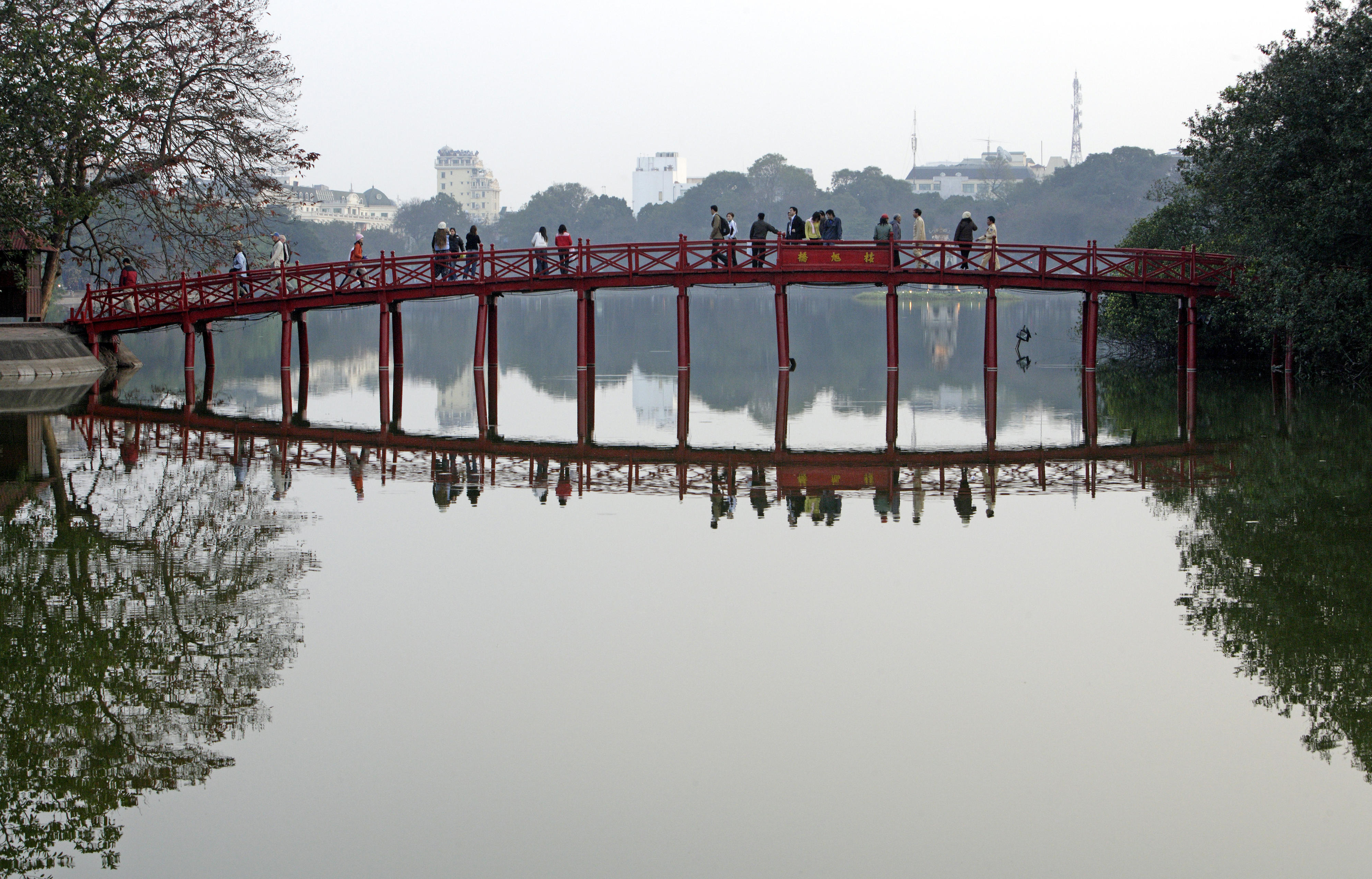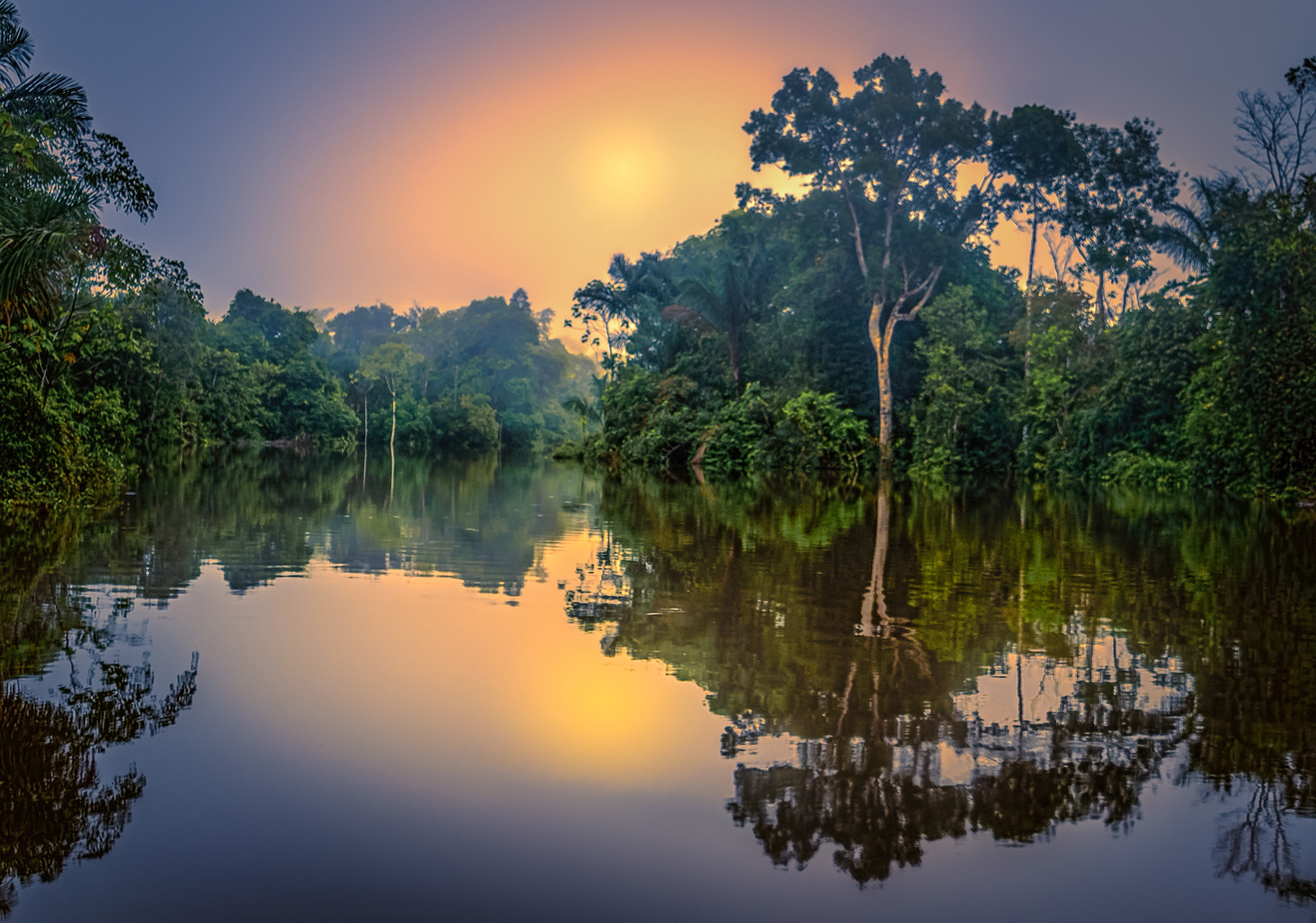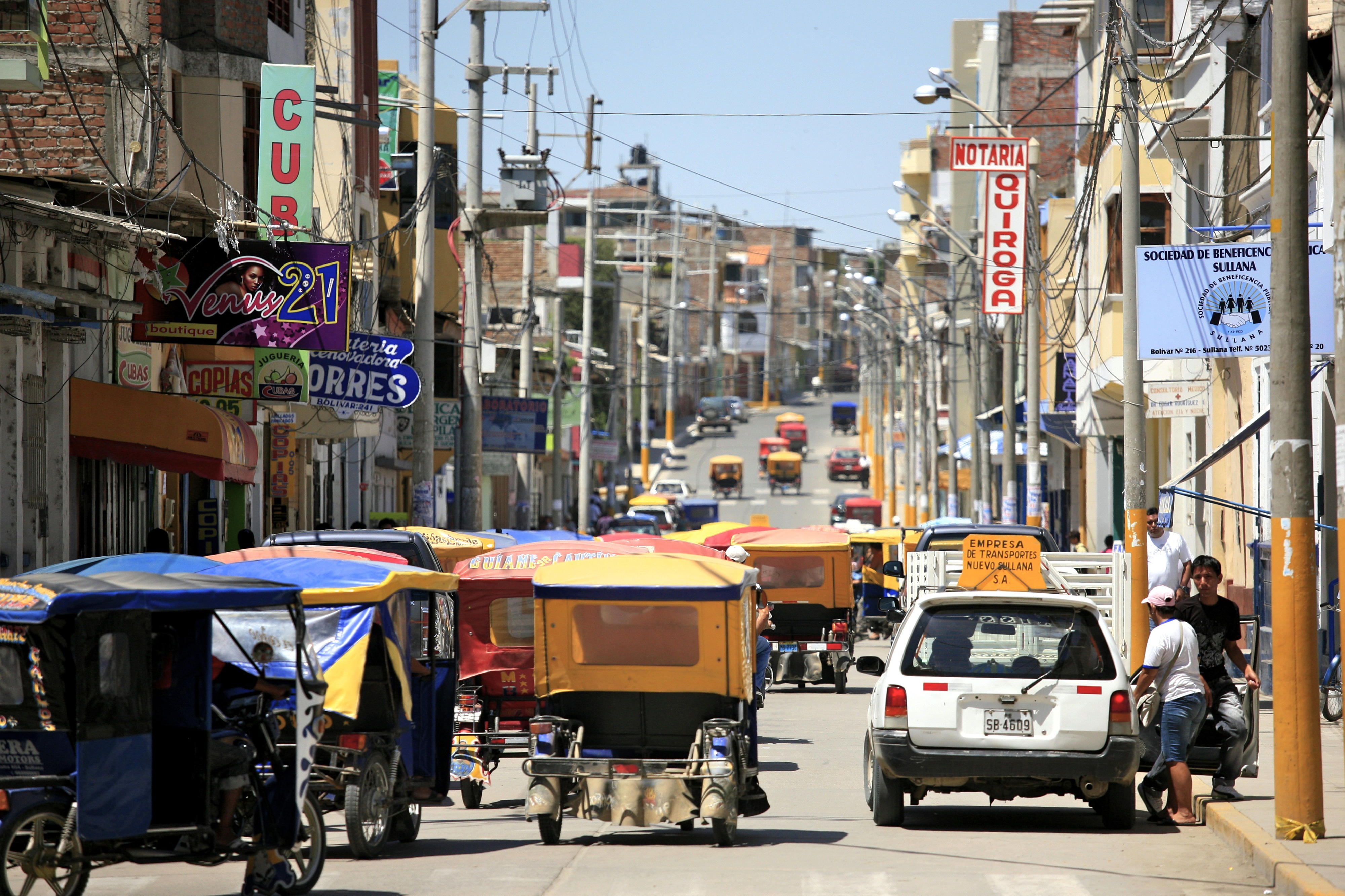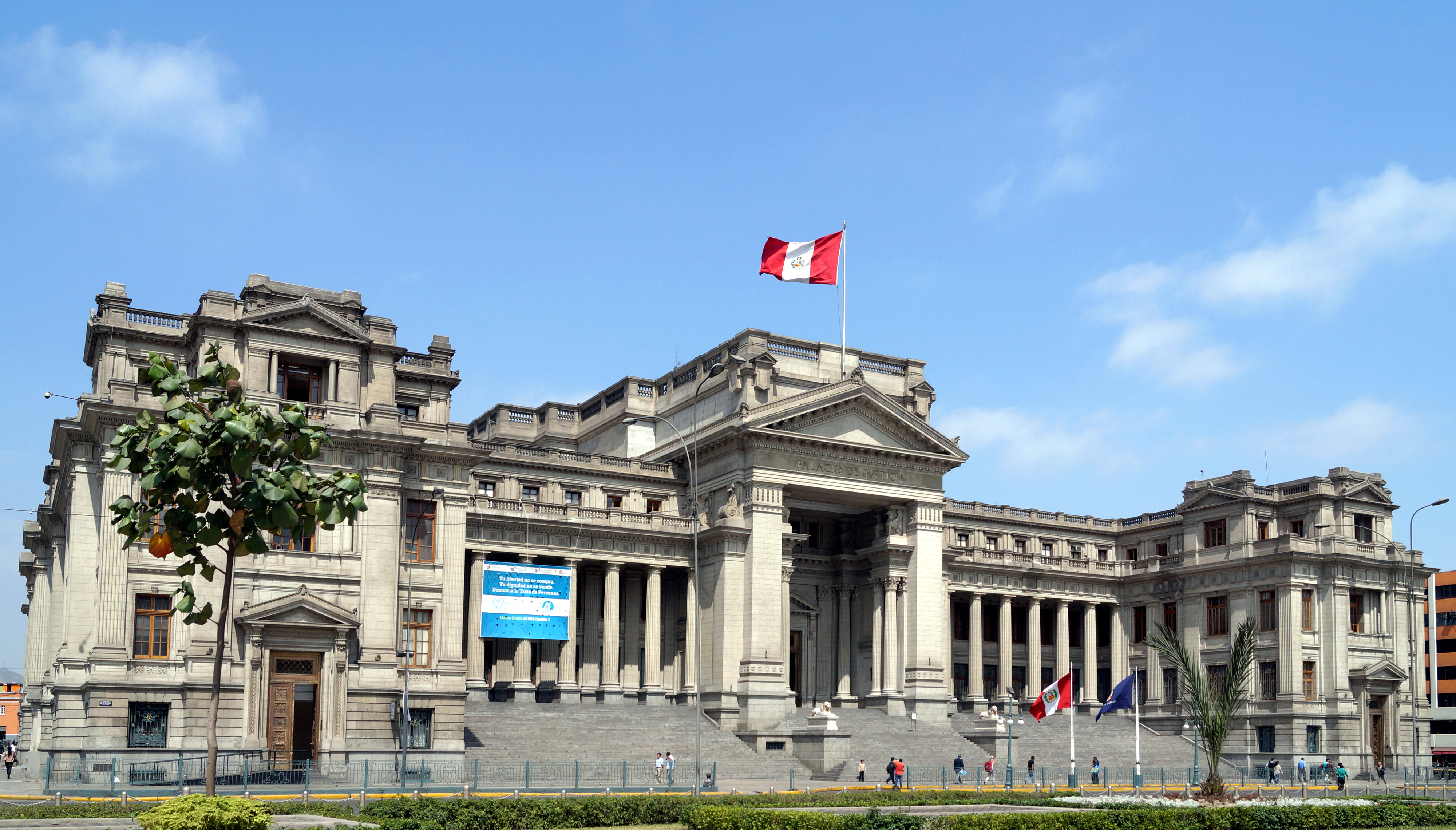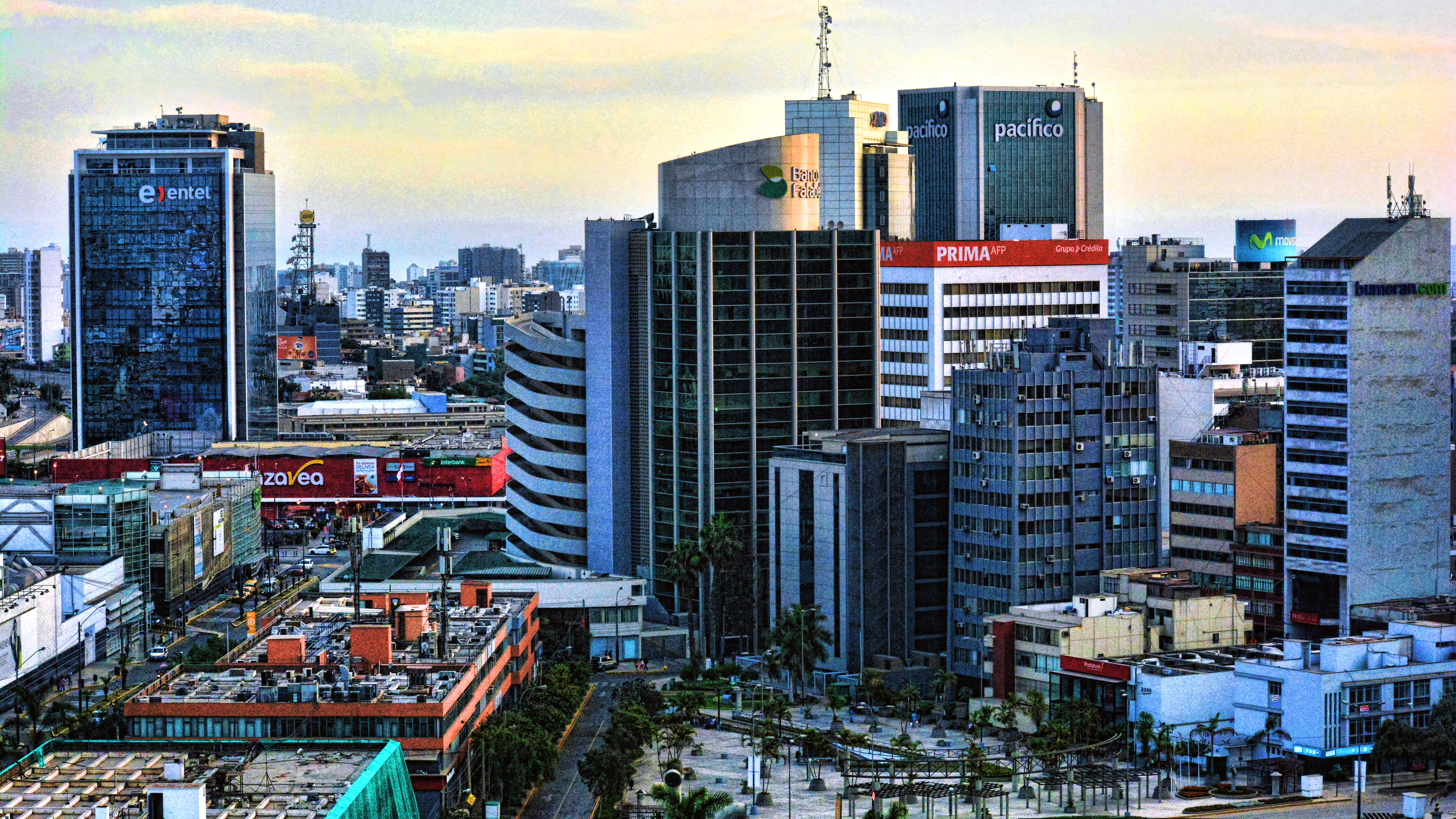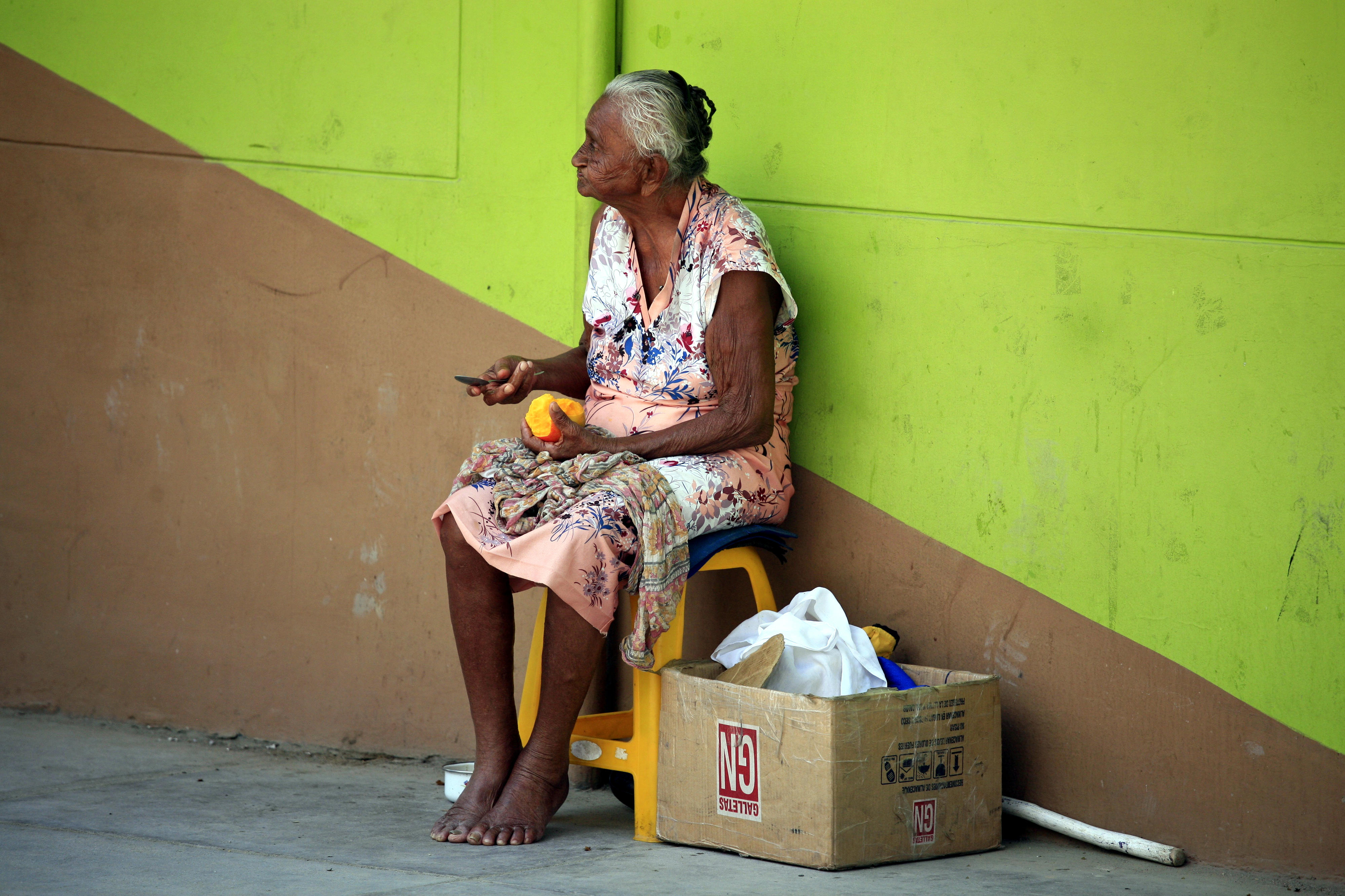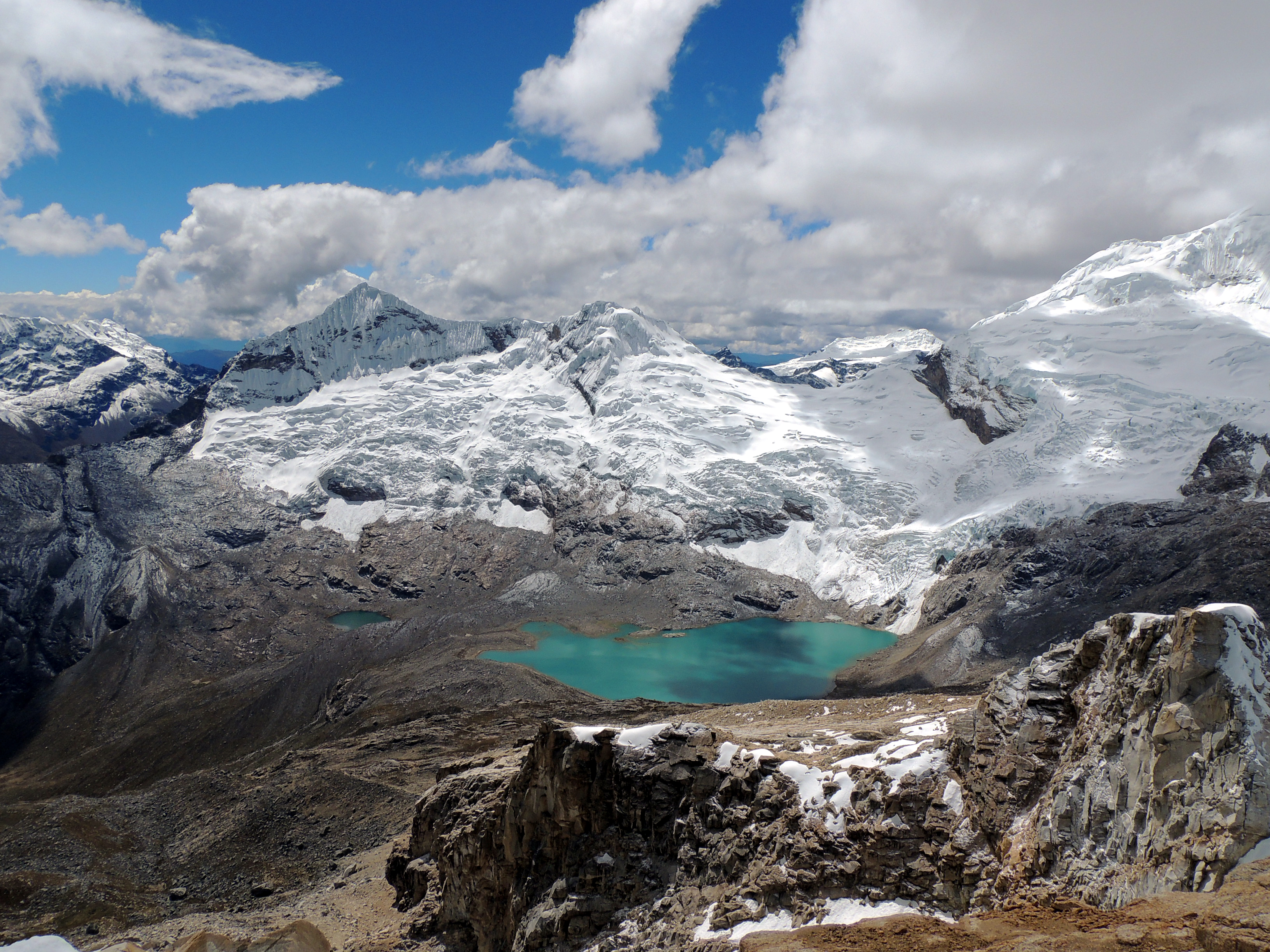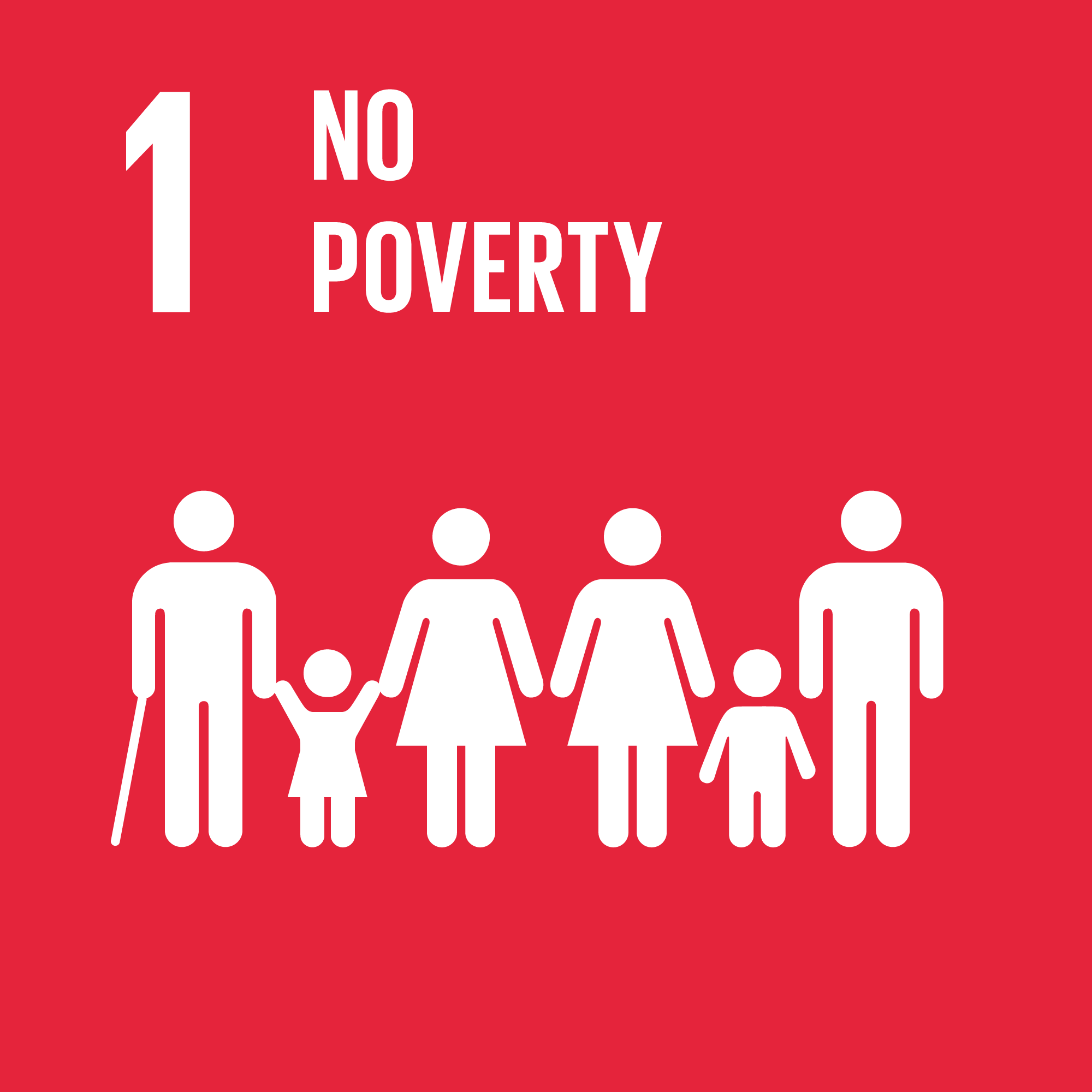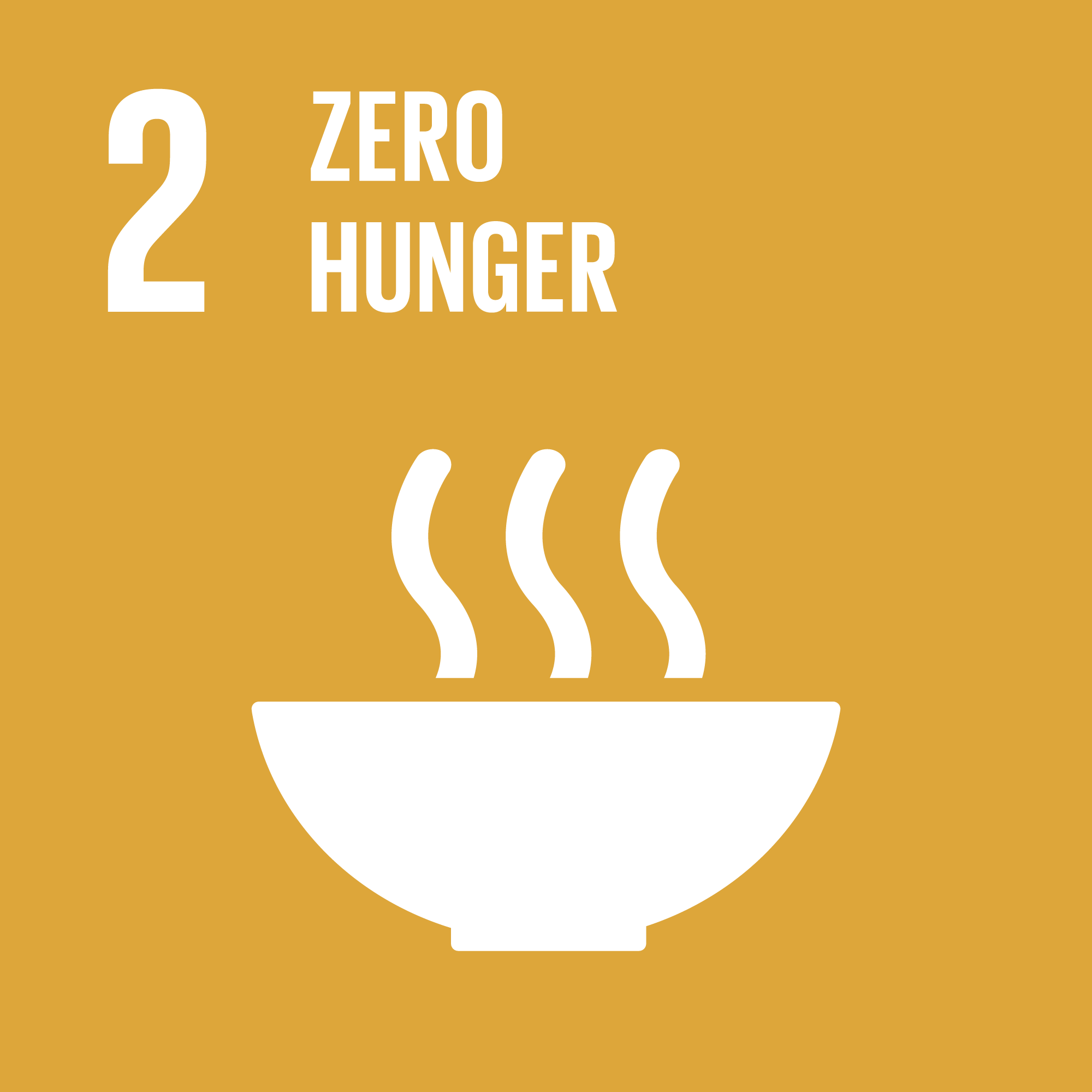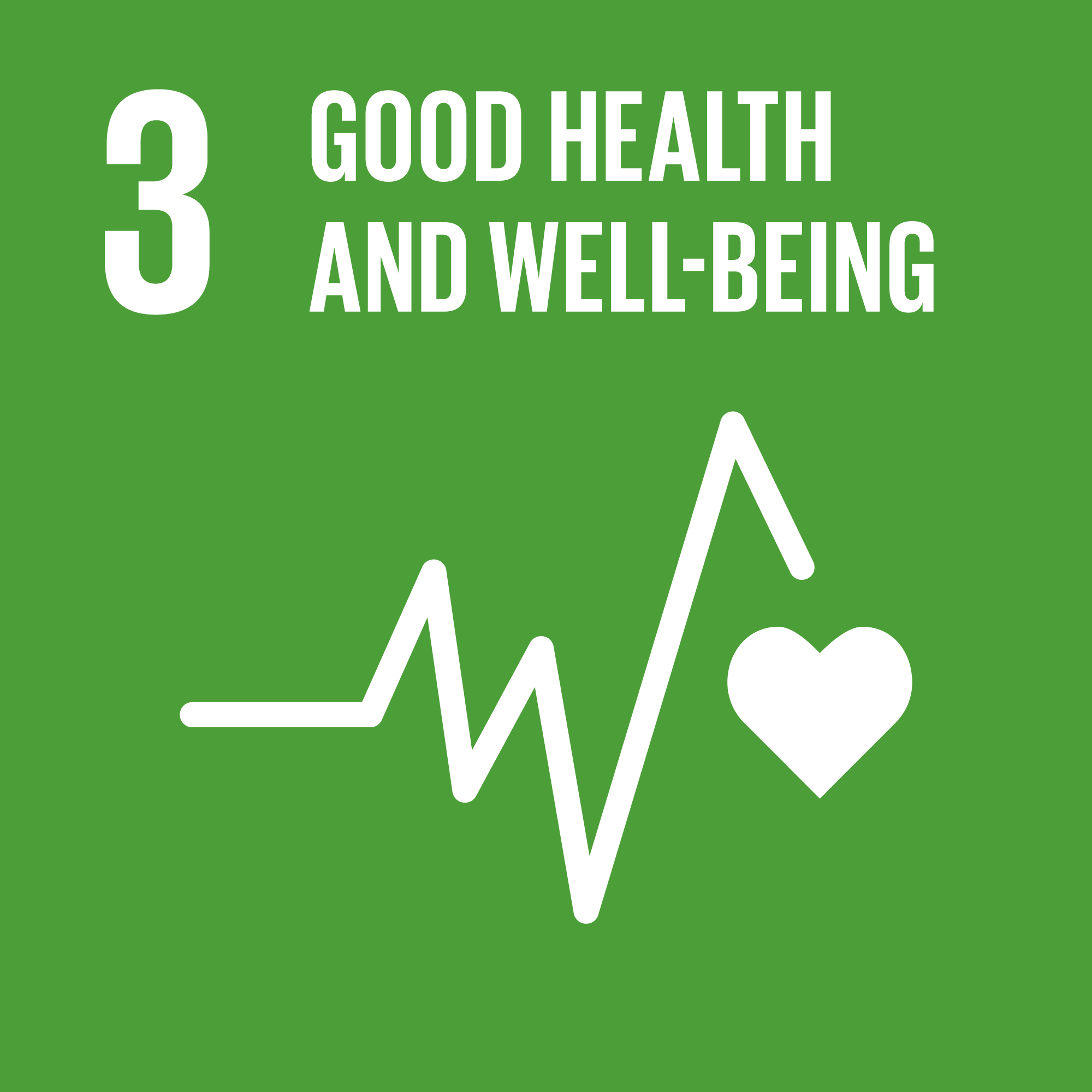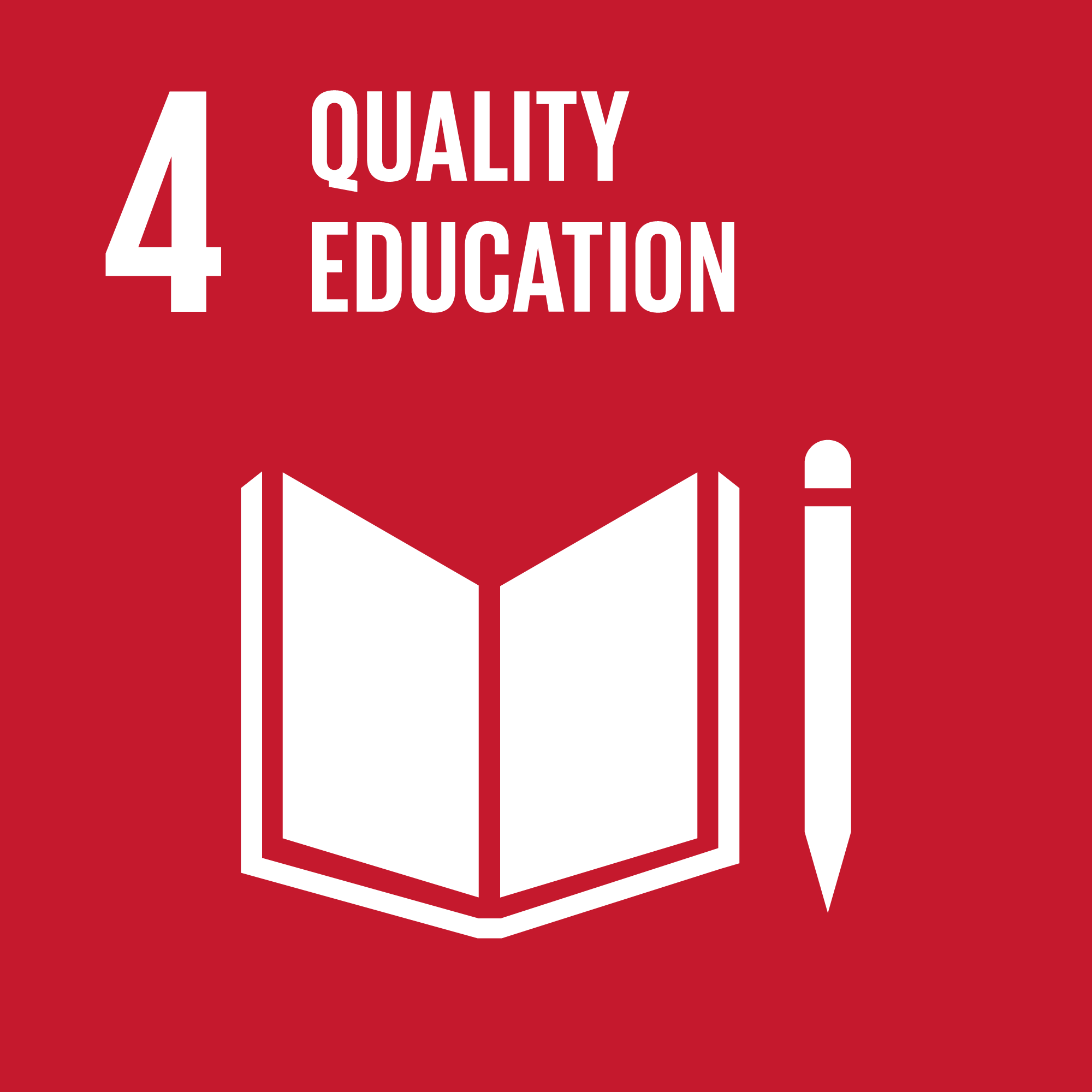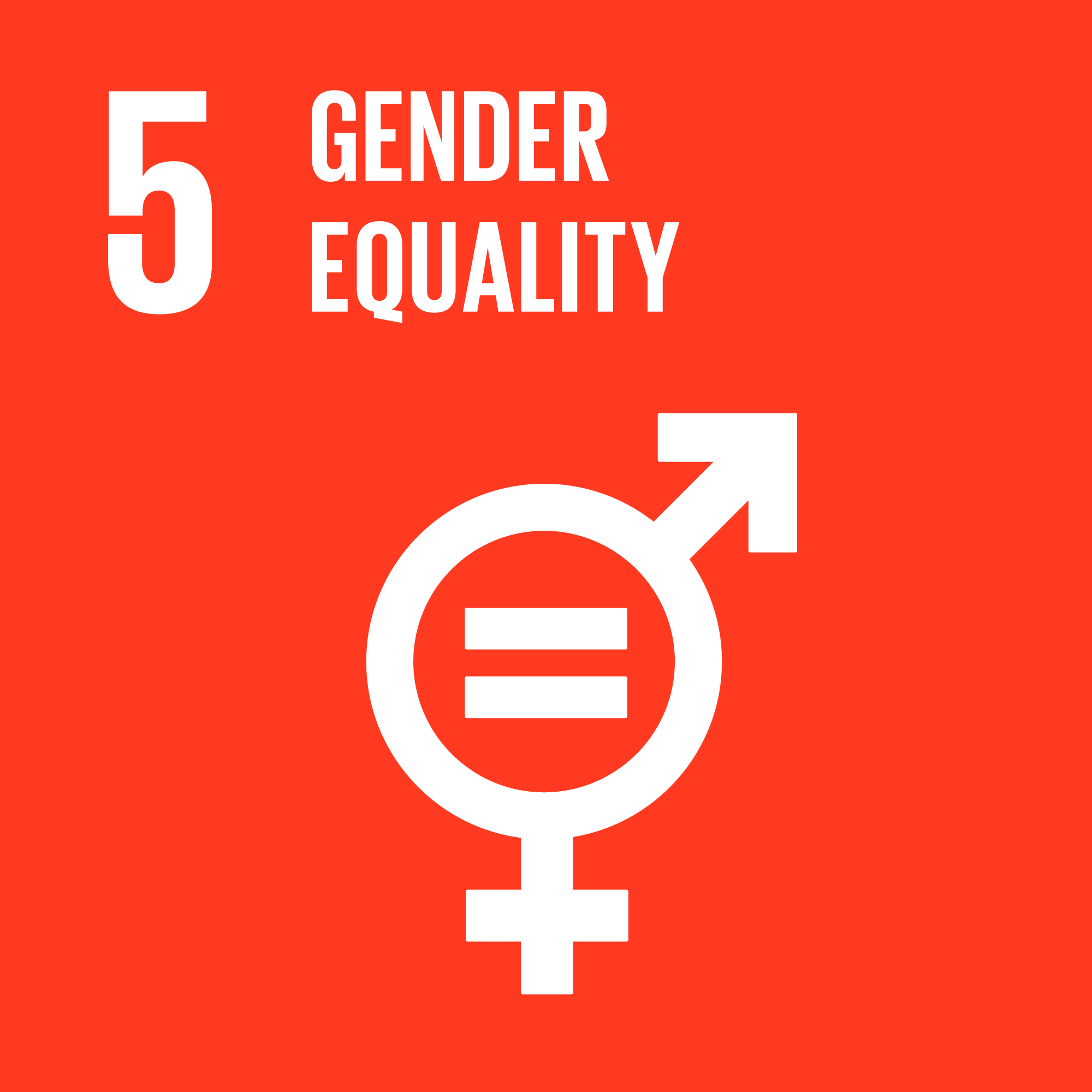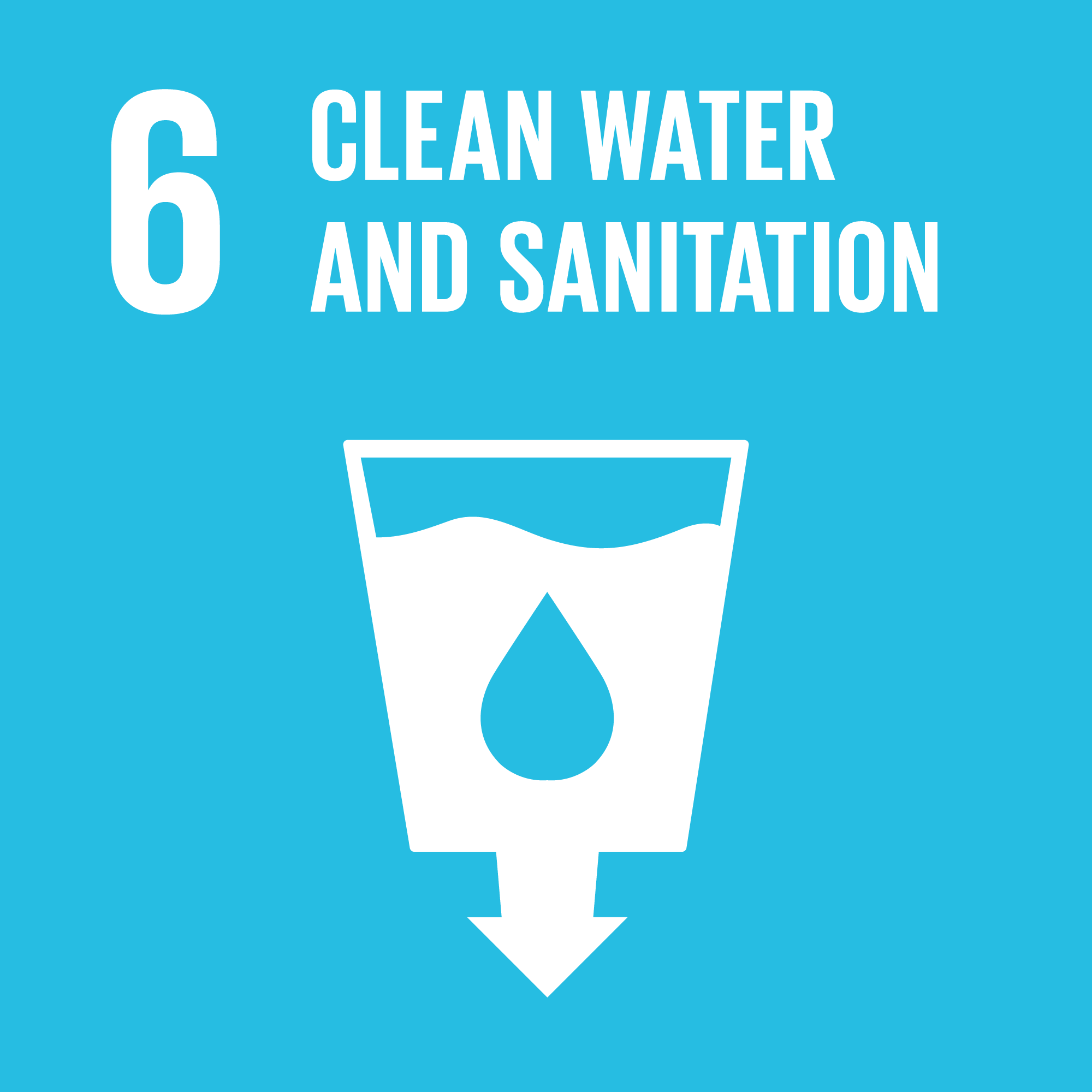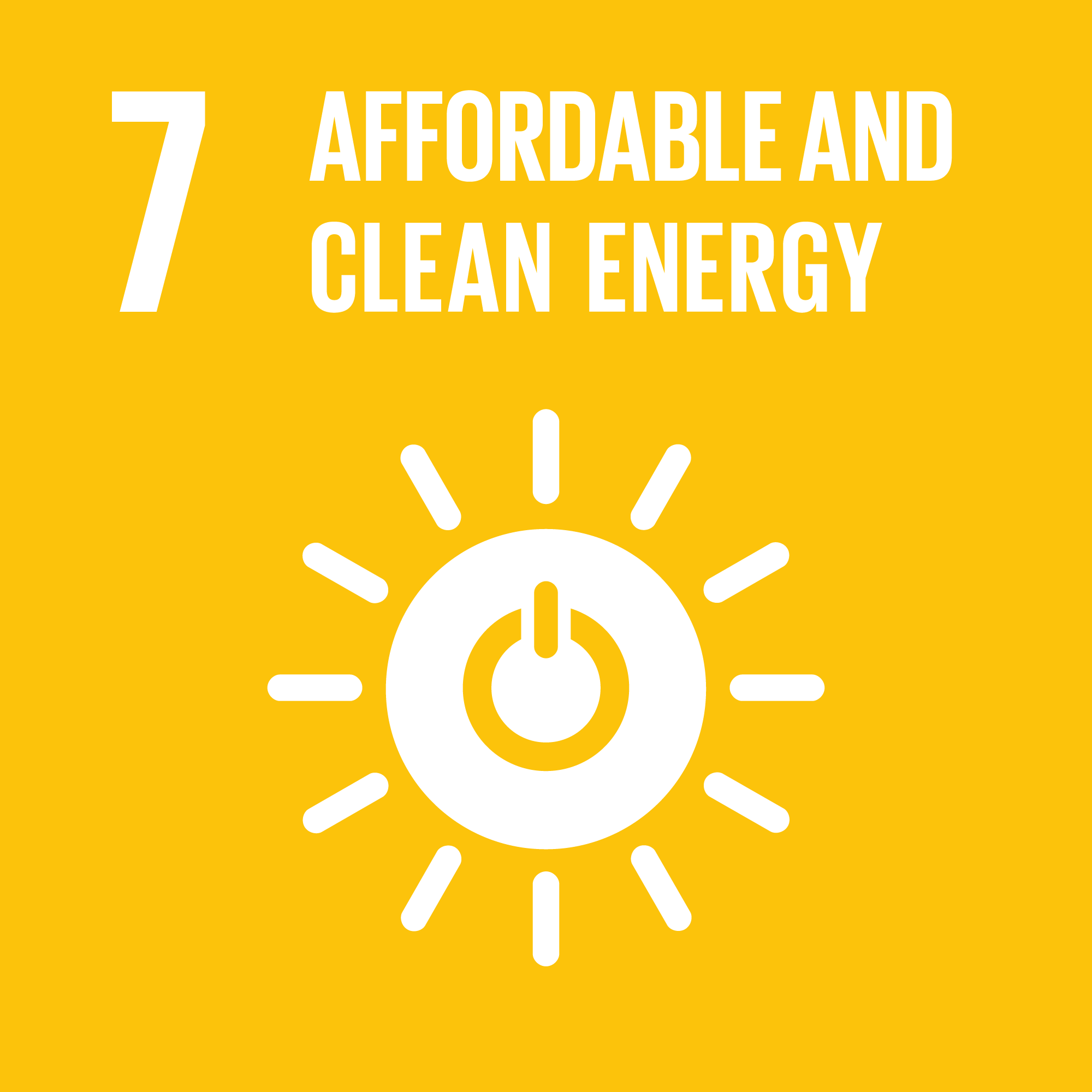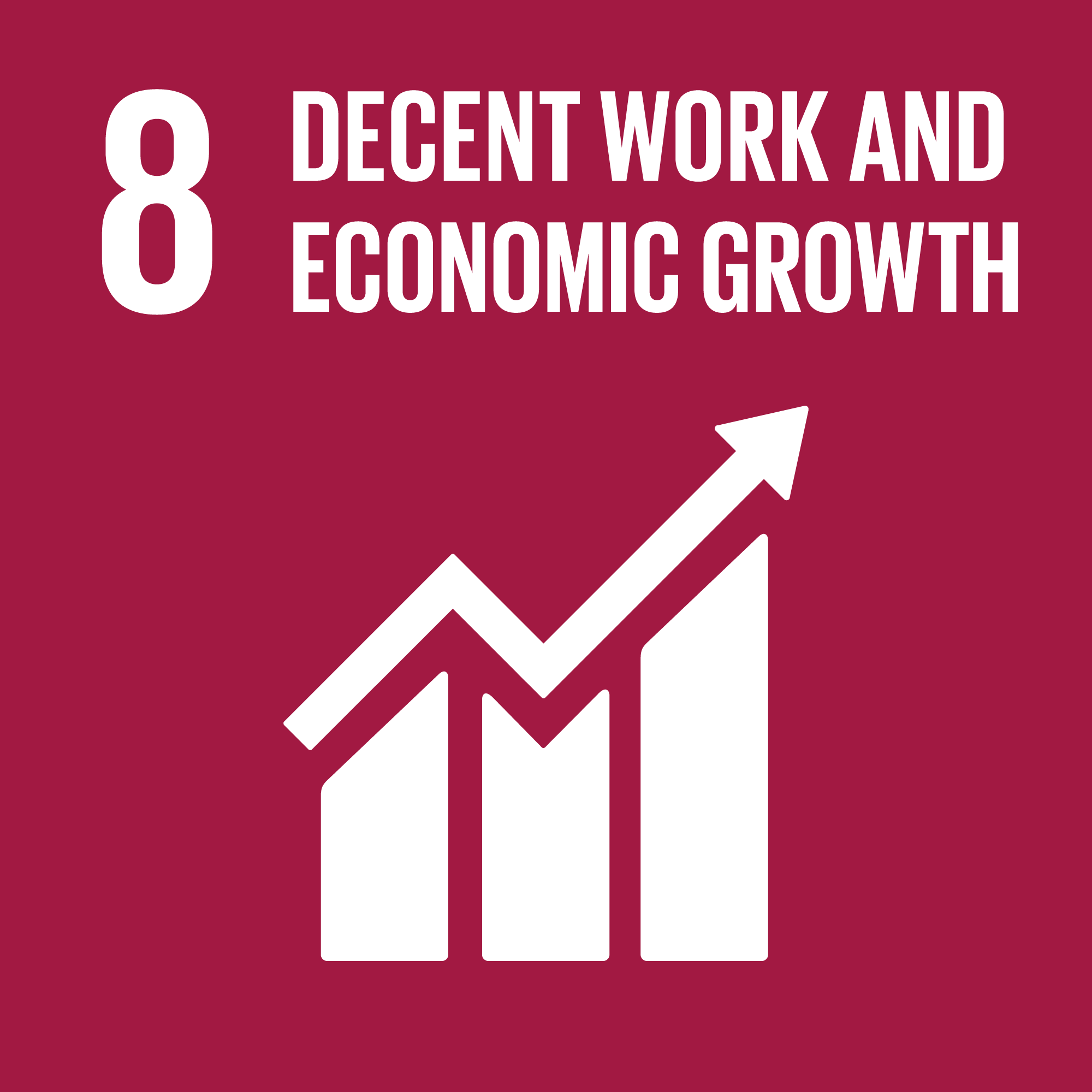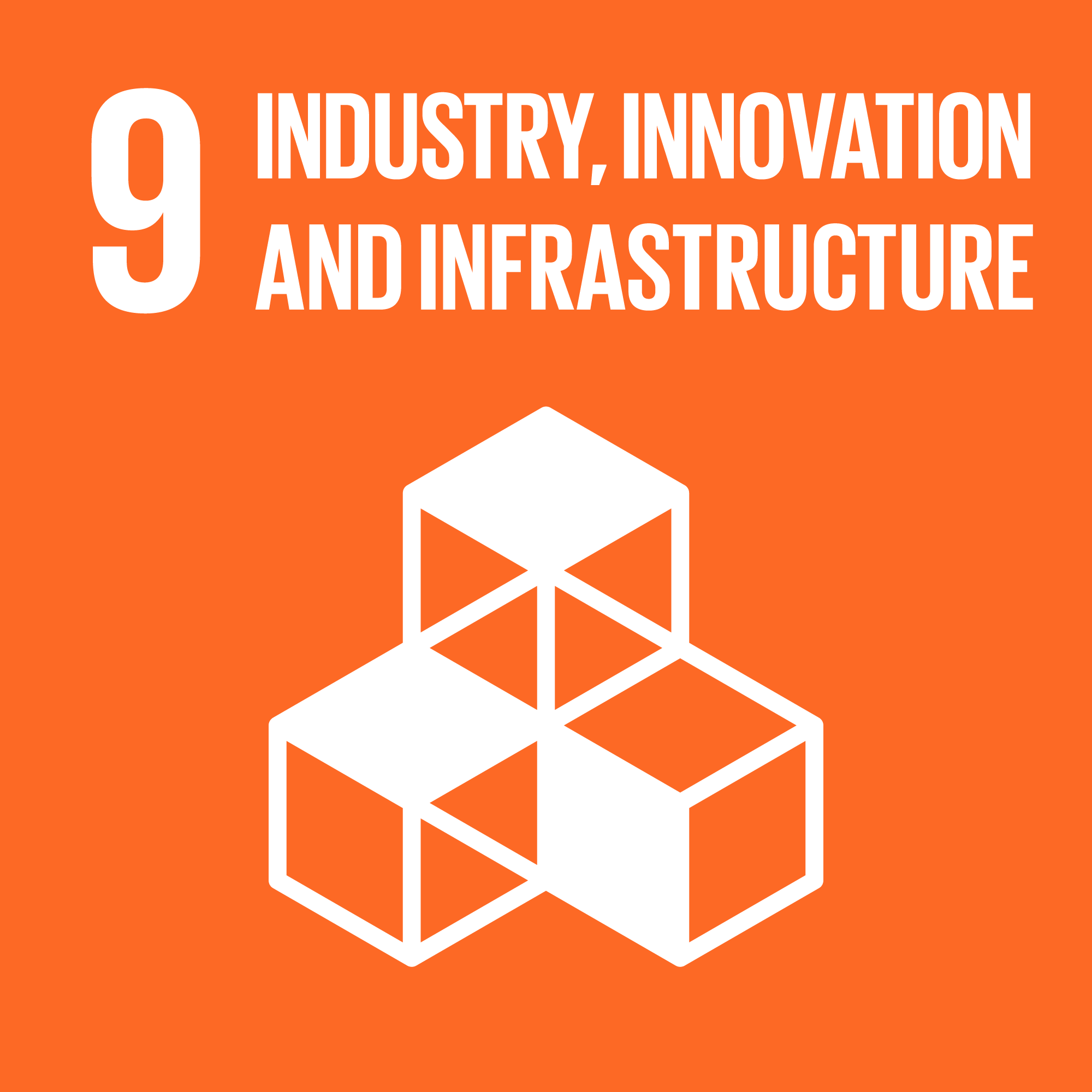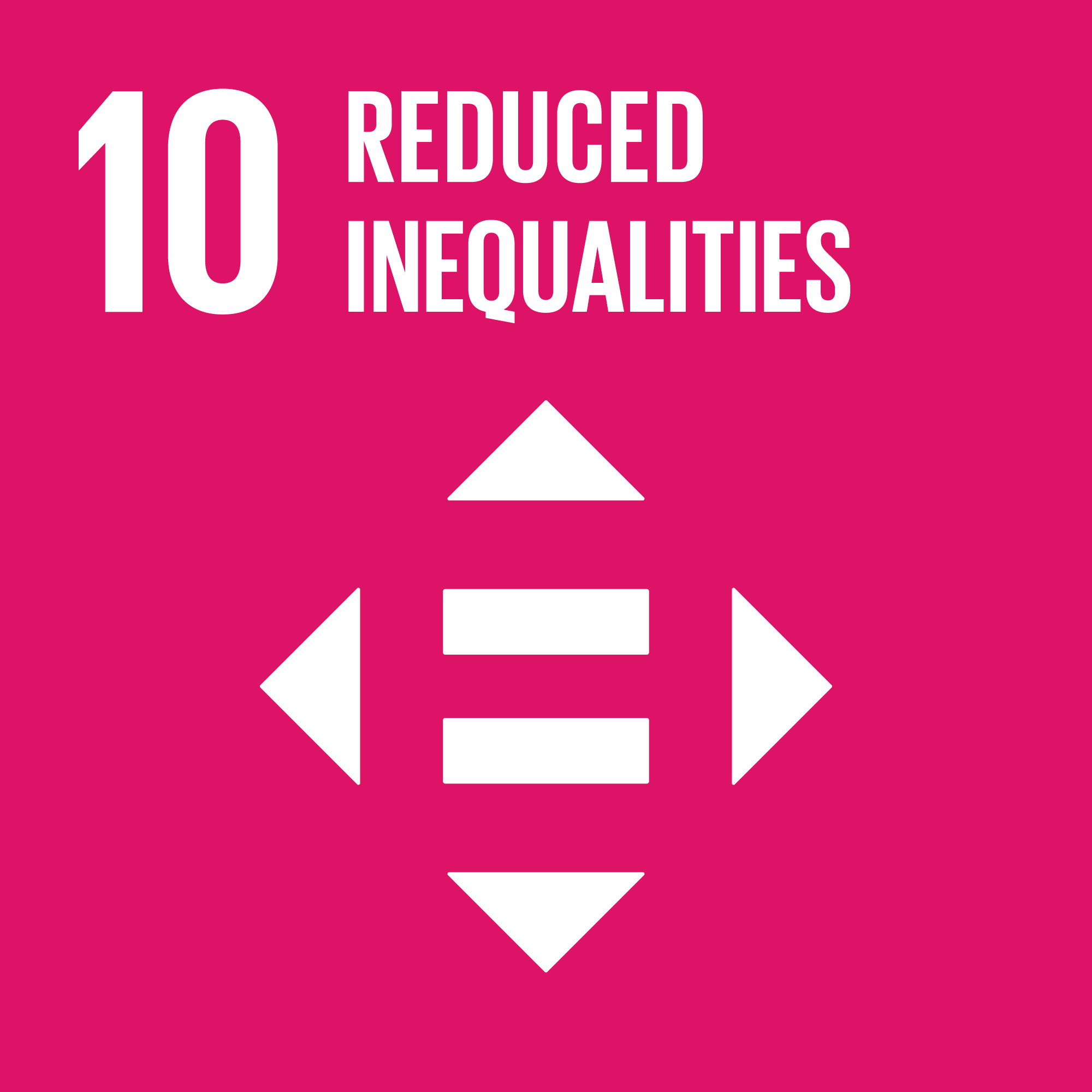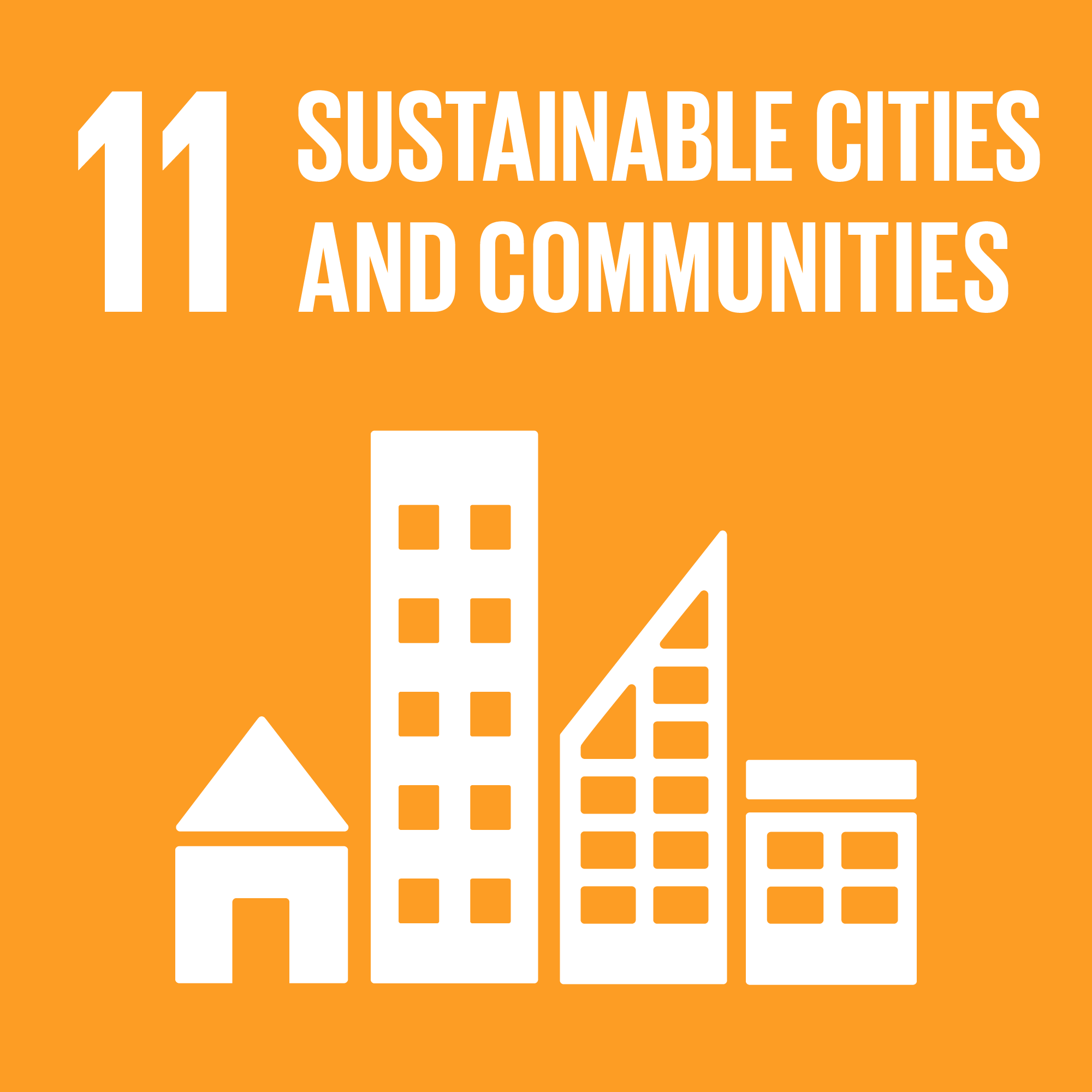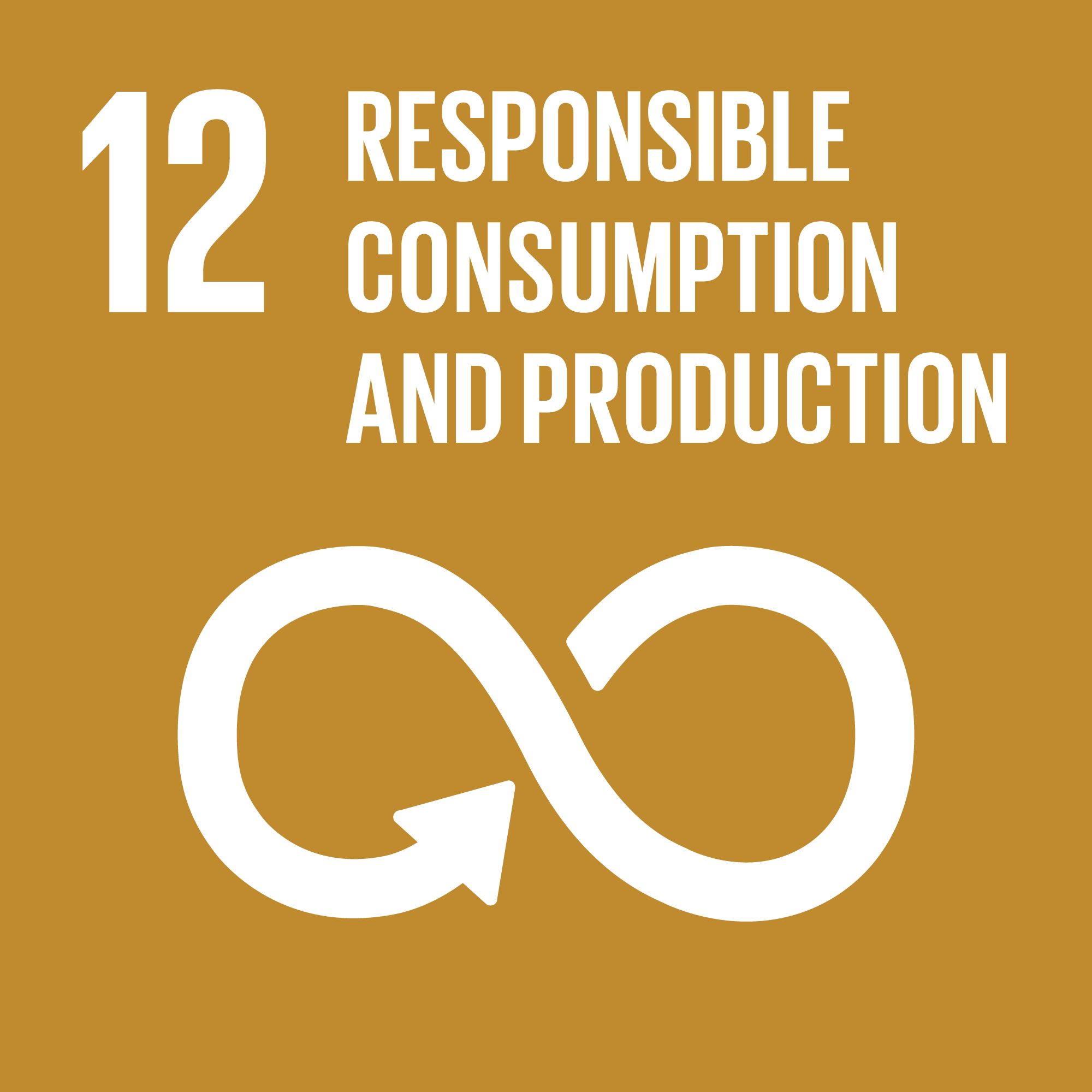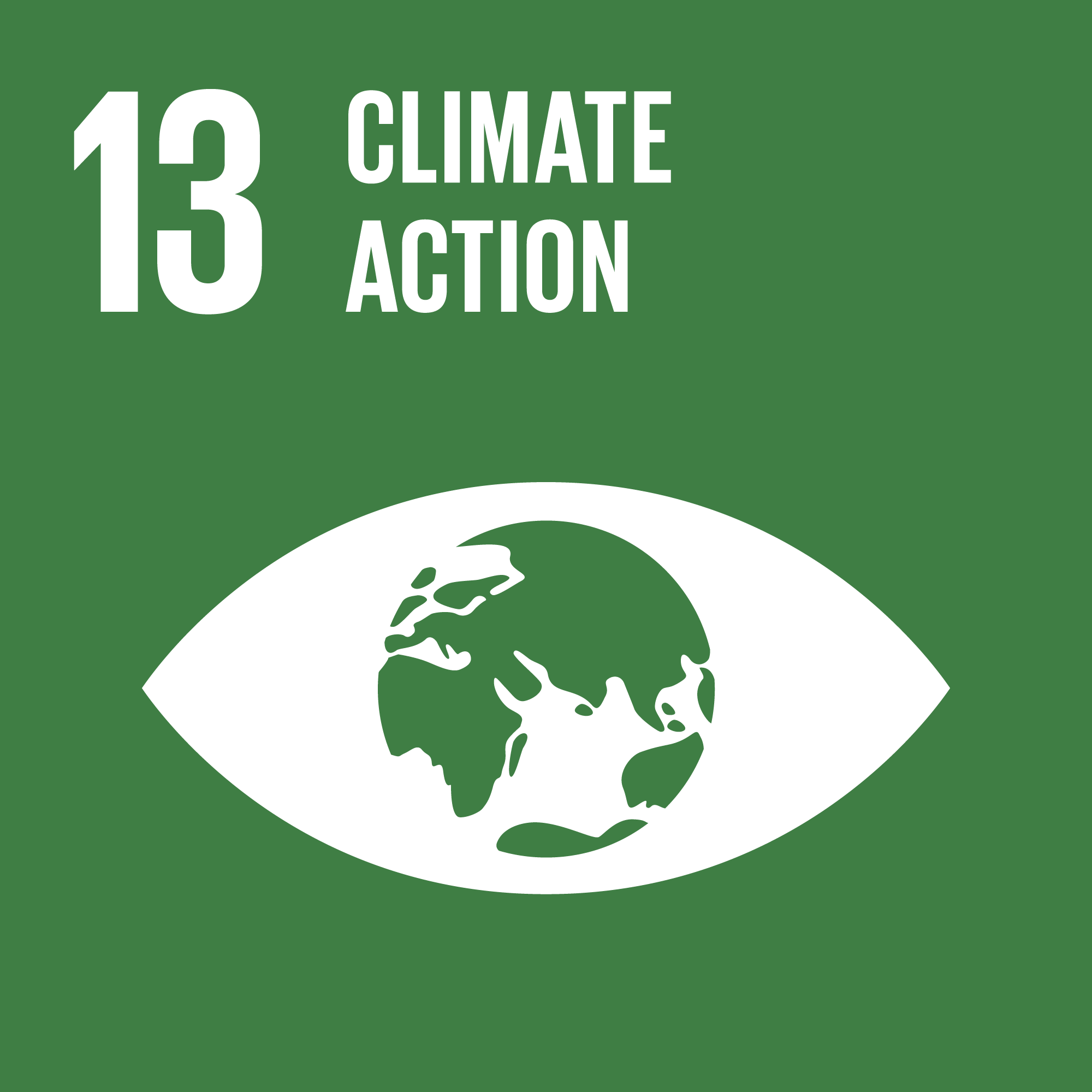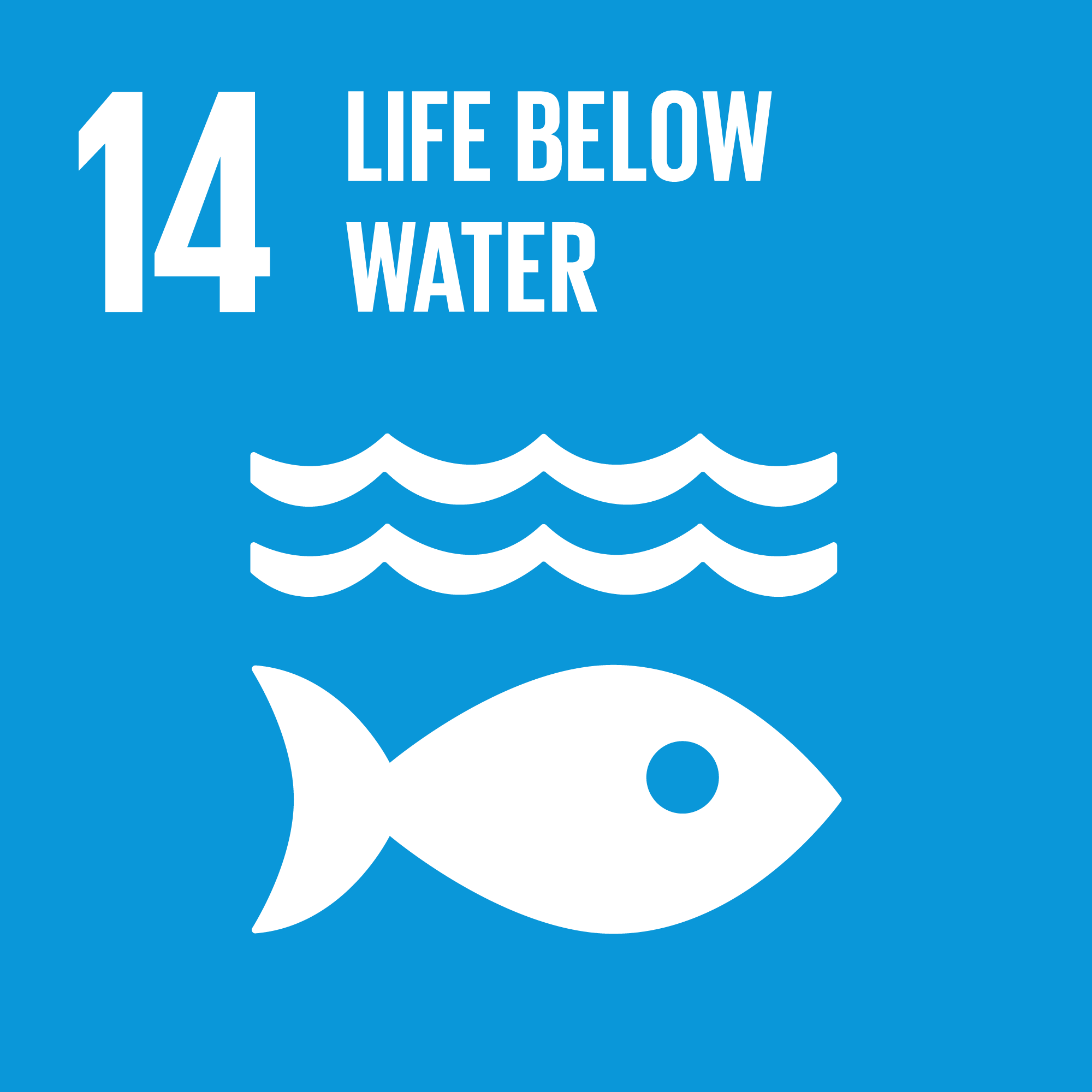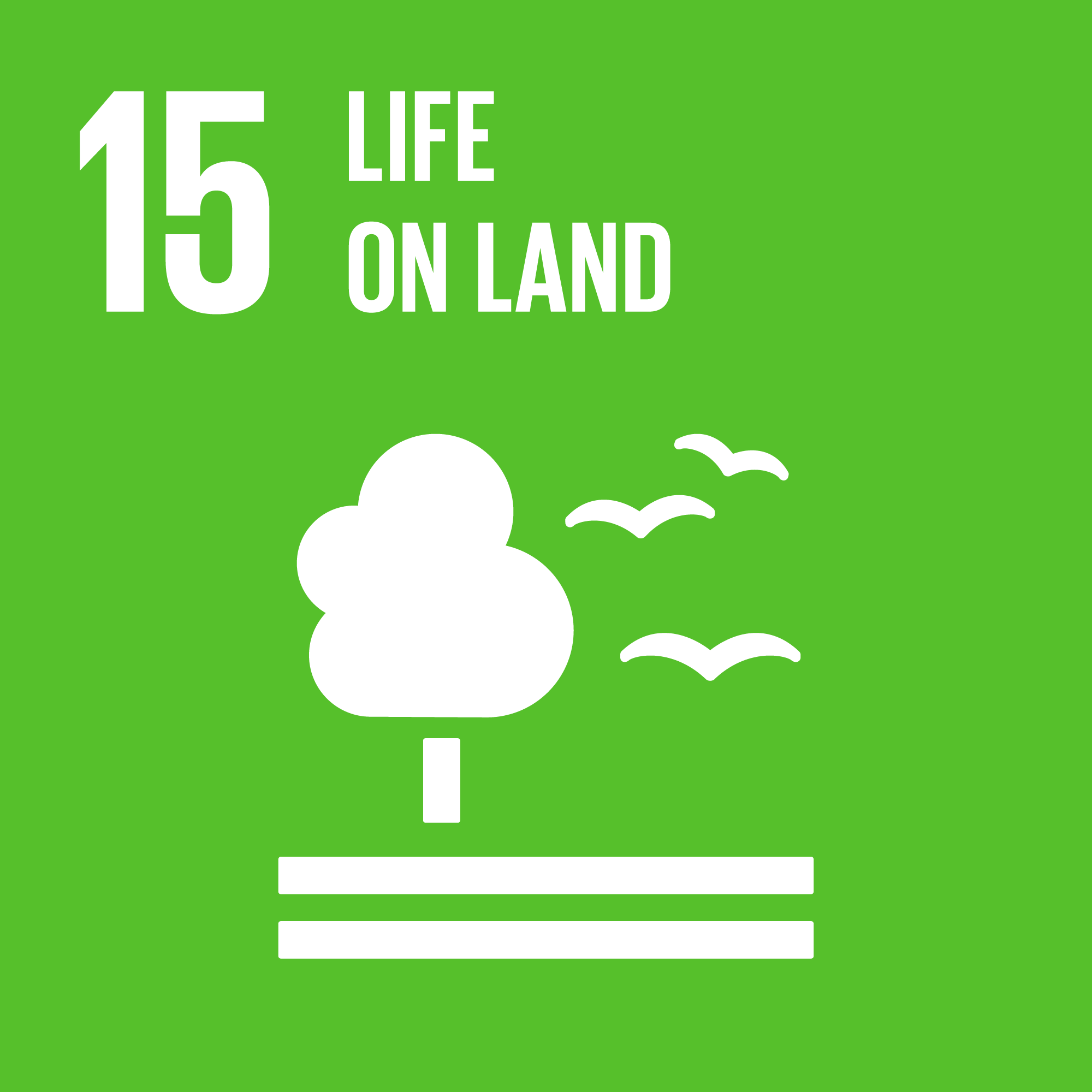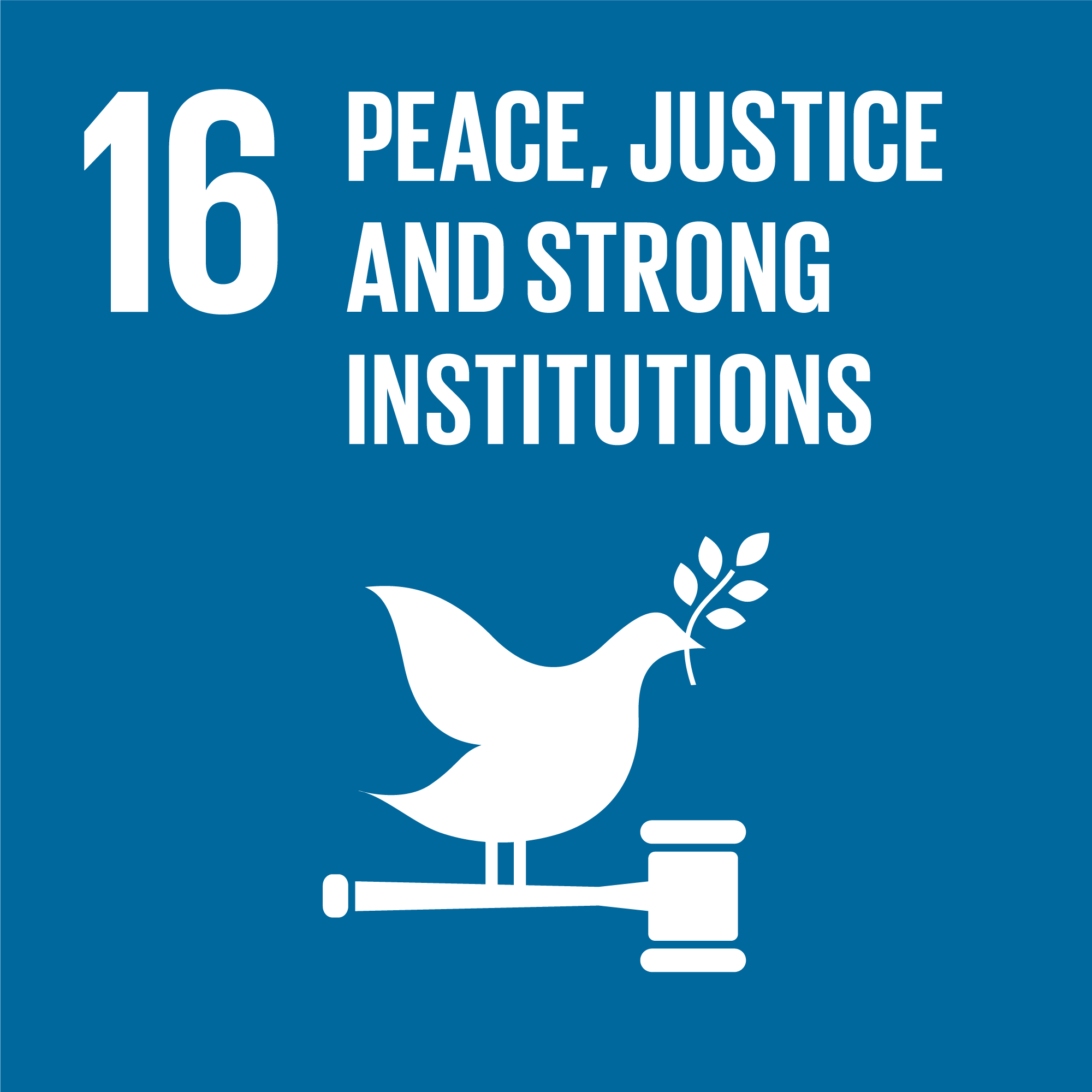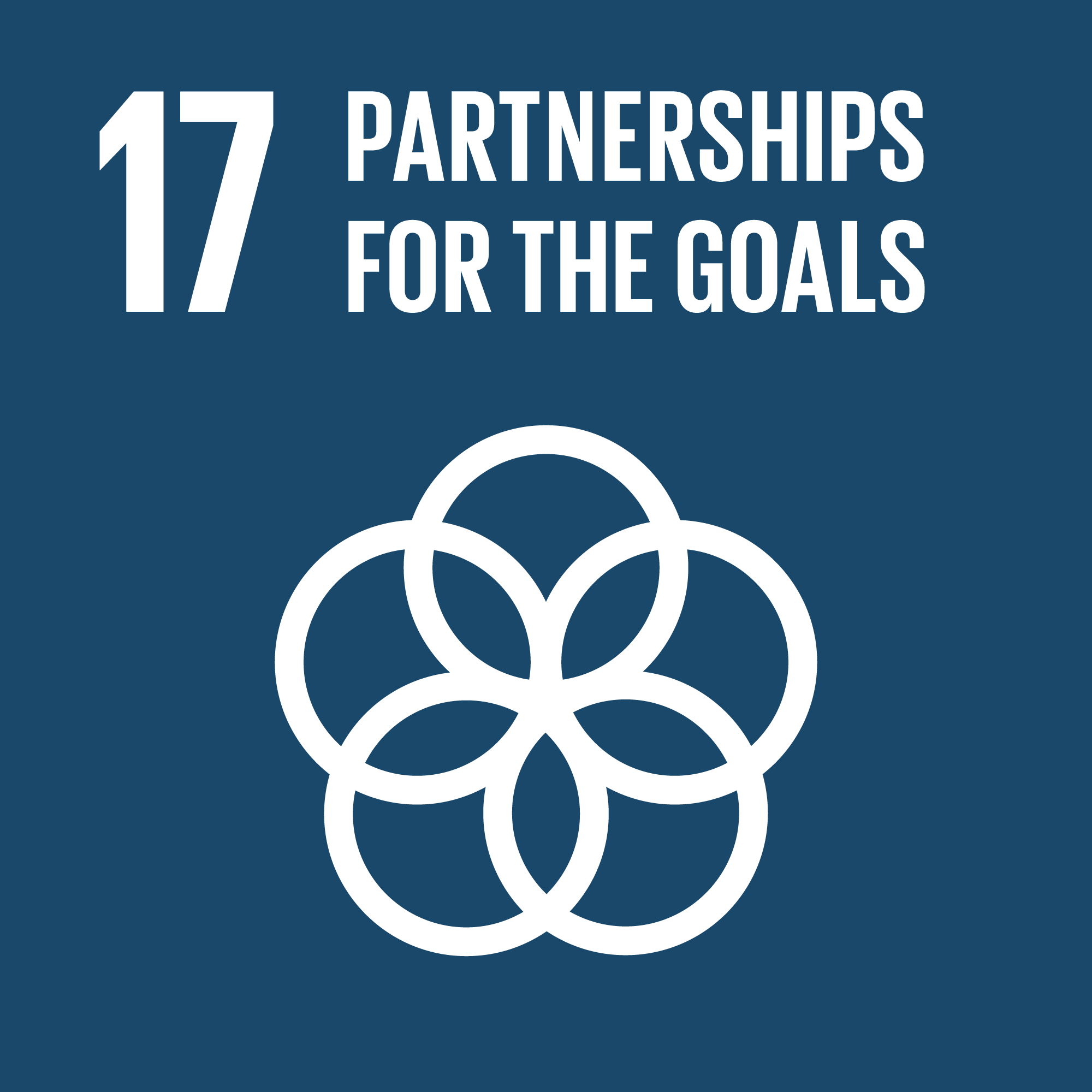Street scene in Lima
Copyright© Thomas Imo/photothek.net
Peru
Due, however, to its politically fragile situation in the past few years and to the COVID-19 crisis, Peru has suffered severe setbacks: in 2020, the poverty rate climbed rapidly to about 30 per cent. Cities in particular, where about two thirds of the country’s poor people live, have experienced a significant rise in poverty, with the urban poverty rate doubling within just one year to almost 26 per cent.
As a result of the COVID-19 crisis, Peru’s economic development has also suffered a setback. Whilst Peru’s economic development was positive throughout the decades preceding the COVID-19 pandemic, with economic growth averaging 4.8 per cent, in 2020 the Peruvian economy shrank by 11.5 per cent.
There are still considerable social and regional differences in Peru. Large numbers of people are often still excluded from the positive developments that have taken place. Moreover, the state’s weak presence and capacity in remote regions is a key challenge for the country’s sustainable development.
German development cooperation with Peru
Peru and Germany have a long history of successful cooperation. In 2022, Germany pledged 529 million euros in new funds to the Peruvian government, with 498 million euros of this sum being allocated to Financial Cooperation and 31 million euros to Technical Cooperation. In view of Peru’s economic strength, the commitments are primarily in the form of low-interest loans.
Development cooperation between Germany and Peru is aligned with the 2030 Agenda and focuses on the following three core areas:
- Conserving nature and natural resources, protecting life on Earth
- Climate and energy, just transition
- Peaceful and inclusive societies
In addition, Germany is also providing development assistance by supporting various regional and sectoral projects in a number of different areas, including mining and illicit financial flows. Moreover, Germany is promoting various collaborative initiatives with private executing agencies, political foundations and businesses. In triangular cooperation initiatives, Peru is able to pass on its experience from German-Peruvian cooperation to other developing countries.
Within the German government, activities are closely coordinated with the Federal Ministry for Economic Affairs and Climate Action, the Federal Foreign Office and the Federal Ministry for the Environment, Nature Conservation, Nuclear Safety and Consumer Protection, which are also extensively involved in Peru within the framework of the International Climate Initiative (IKI).
COVID-19 assistance
Peru is one of those countries that have been particularly hard hit by the COVID-19 pandemic, in terms of both case numbers and death rates. The BMZ has been providing Peru with both short- and medium- and long-term support to help the country deal with the pandemic and its consequences. This includes, for example, the deployment of the German Epidemic Preparedness Team (External link) (SEEG) in Peru. The team advised on developing laboratory capacity, provided training for dealing with COVID-19, and supplied tests and personal protective equipment.
Germany has given support to micro and small enterprises in the form of emergency relief loans. The BMZ has also supported Peru in coping with the social and economic impacts of the pandemic in the medium term, in particular through climate-friendly investments.
SDG trends for Peru
- On track or maintaining SDG achievement
- Moderately improving
- Stagnating
- Decreasing
- Trend information unavailable
